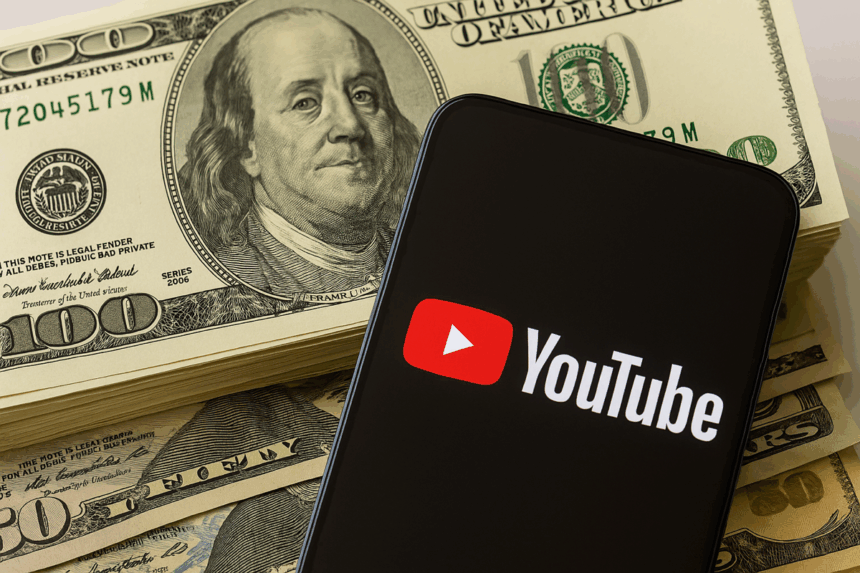YouTube agreed to pay $24.5 million to U.S. President Donald Trump. Why? The payment settles a lawsuit tied to his account suspension after the 6 January 2021 Capitol attack. The payout follows similar settlements by Meta and X (formerly Twitter) and comes just as YouTube moved to reinstate accounts previously banned for spreading misinformation.
What’s Happening & Why This Matters
The Settlement
In 2021, YouTube suspended Trump’s channel, citing risks that his content could fuel further violence after the Capitol riots. Trump quickly sued the platform, alongside its parent Google, and targeted executives of Meta and Twitter for what he called unlawful censorship.
This year, after Trump’s return to the White House, settlements started to flow. Meta paid $25 million, X paid $10 million, and now YouTube has added its $24.5 million to the pile. Of that total, $22 million is earmarked for a new ballroom at the White House. In comparison, $2.5 million is set aside for other plaintiffs, including writer Naomi Wolf and the American Conservative Union.
Platforms’ Dilemma

The First Amendment restricts government censorship, not private companies. Platforms like Facebook, Google, and X legally control what appears on their sites. But Trump’s aggressive legal push forced settlements that companies judged less costly than drawn-out court battles.
Other media firms also paid up. Paramount settled for $16 million after a dispute over a CBS News interview with then-Vice President Kamala Harris. ABC paid $15 million after anchor George Stephanopoulos misstated the outcome of Trump’s civil case with writer E. Jean Carroll.
The Bigger Picture
The timing of YouTube’s settlement is notable. Just last week, the company revealed plans to reinstate channels banned for COVID-19 and 2020 election misinformation. The reversal kicked off debate over accountability, misinformation, and how platforms define free expression.
Trump’s accounts had already been restored on X under Elon Musk in 2022 and on YouTube and Meta platforms in 2023. The reinstatements, paired with large payouts, establish how Big Tech is recalibrating its methodologies when dealing with President Trump and similar high-profile cases.
TF Summary: What’s Next
YouTube’s nearly $25 million payout closes one legal chapter but reopens bigger questions about free speech, platform power, and political influence. With Trump already back online — and hinting at a third term in office — expect these settlements to be elements of a censorship and control narrative.
My FORECAST: YouTube’s decision to restore previously banned accounts adds another wrinkle. Tech firms and their platforms are repositioning themselves to manage risk without appearing overtly political. The tension between content moderation and free expression is still the central debate.
— Text-to-Speech (TTS) provided by gspeech


